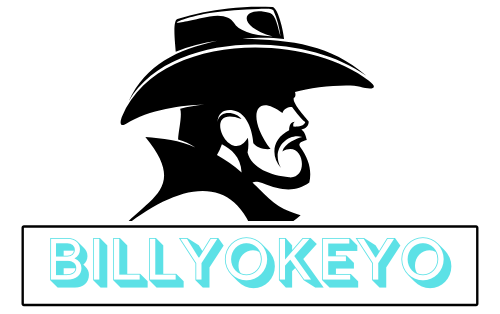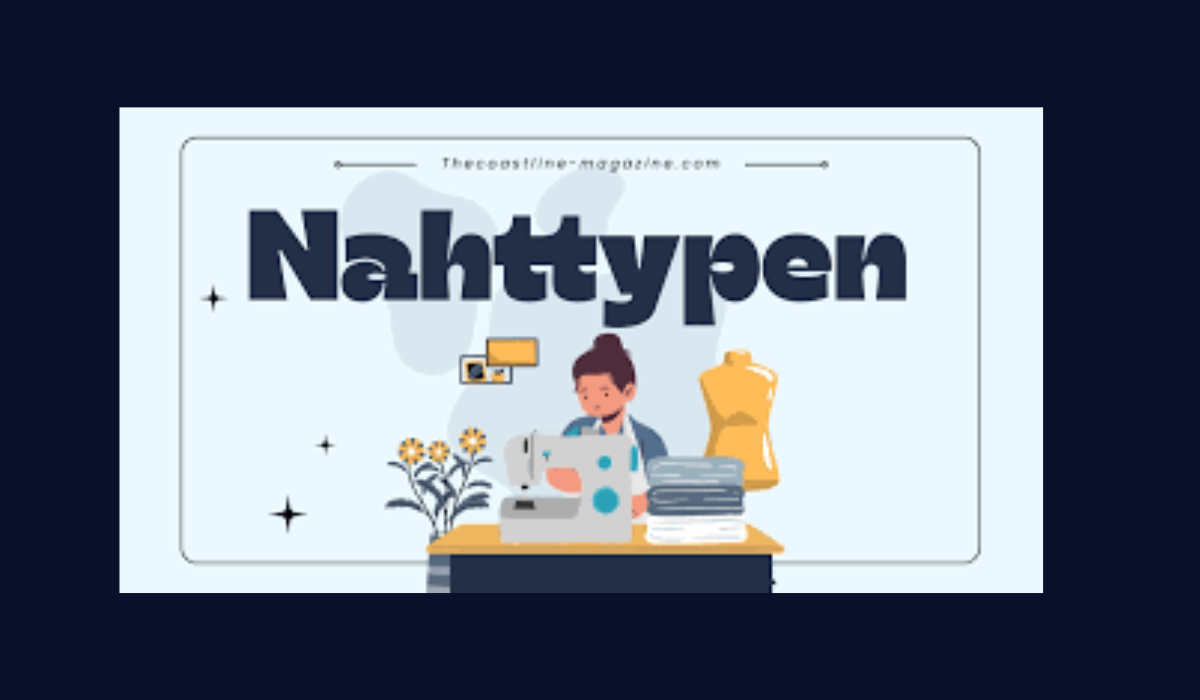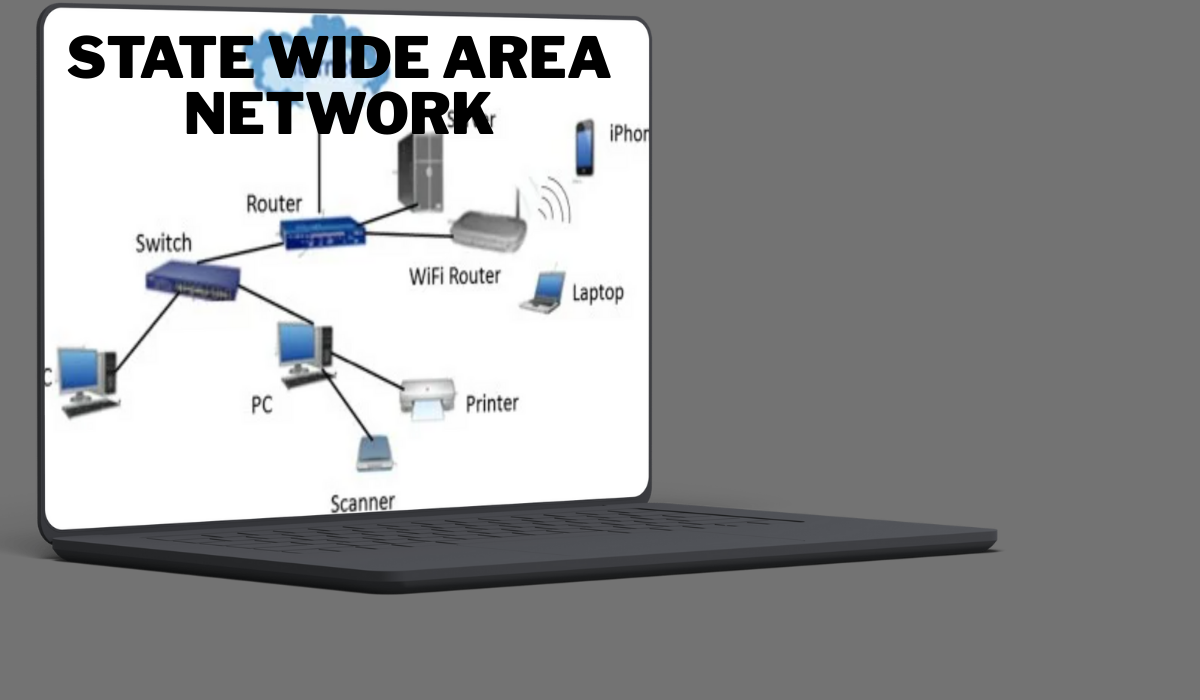Seams, or “nahttypen” in German, play a crucial role in the fields of fashion design, manufacturing, and various industries. While they often go unnoticed by end-users, they are fundamental to the strength, durability, and functionality of countless products. From clothing and textiles to complex industrial materials, seams are the invisible threads that quite literally hold everything together.
This blog provides an in-depth look into nahttypen, exploring their different types, applications, advantages, and emerging trends, while offering insights on best practices for working with them.
What Are Nahttypen and Why Do They Matter?
Nahttypen, or seam types, refer to the various ways fabrics, leathers, or other materials are stitched or bonded together. The choice of nahttypen determines not only the aesthetic appeal of a product but also its structural integrity and intended functionality.
Whether you’re in fashion, automotive upholstery, aerospace, or medical device manufacturing, understanding and selecting the right type of seam is critical. A poorly executed seam can lead to safety concerns, reduced durability, and overall product failure. On the flip side, a well-chosen seam can elevate both the quality and user experience of the product.
Types of Nahttypen
Here’s a detailed look at the most common types of seams and their specific roles across industries:
1. Plain Seam (Einfachnaht)
A plain seam is the most basic type, where two pieces of fabric are placed together and stitched along a single line.
- Applications: Common in fashion, home textiles, and lightweight materials where minimal structural support is needed.
- Advantages:
-
- Easy to construct
- Suitable for everyday clothing
- Disadvantages:
-
- Not very durable or suitable for heavy-duty applications
2. Flat-Felled Seam (Kappnaht)
Flat-felled seams involve folding and sewing fabric layers in a way that encloses the raw edges, making them highly durable and neat.
- Applications: Widely used in denim jeans, activewear, and industrial textiles.
- Advantages:
-
- Adds durability
- Neat finish on both sides
- Disadvantages:
-
- More labor-intensive
3. French Seam (Französische Naht)
French seams encapsulate raw edges within a folded stitch, making them perfect for delicate materials.
- Applications: Suitable for sheer fabrics like chiffon and silk, commonly seen in high-end fashion.
- Advantages:
-
- Eliminates raw edges
- Enhances aesthetics
- Disadvantages:
-
- Not ideal for thick or heavy materials
4. Overlocked/Serger Seam (Überwendlichnaht)
An overlocked seam uses a serger machine to stitch over the raw edges and prevent fraying.
- Applications: Common in modern garment production, casual clothing, and sportswear.
- Advantages:
-
- Quick to apply
- Prevents fabric fraying
- Disadvantages:
-
- Less visually appealing as an external stitch
5. Double-Stitched Seam (Doppelnaht)
This seam involves two parallel lines of stitching for extra reinforcement.
- Applications: Ideal for heavy-duty clothing like jackets, backpacks, and upholstery.
- Advantages:
-
- Increased durability and strength
- Disadvantages:
-
- Time-consuming to produce
6. Tape-Seamed (Abgeklebte Naht)
Tape-seaming involves sealing seams with waterproof tape, providing extra protection against water penetration.
- Applications: Found in outdoor gear, raincoats, and tarpaulins.
- Advantages:
-
- Waterproof
- Added durability
- Disadvantages:
-
- Expensive and requires specialized equipment
Applications of Nahttypen Across Industries
Different seam types find applications in various sectors, thanks to their unique properties. Here’s how:
- Fashion Industry:
-
- Delicate and aesthetic seams like French seams enhance luxury garments.
- Flat-felled seams add style and durability to denim and casualwear.
- Automotive and Upholstery:
-
- Double-stitched and overlocked seams ensure durability in rugged environments.
- Tape-seamed techniques apply to waterproof covers and mats.
- Medical Textiles:
-
- Seam designs prioritize hygiene and precision, especially in disposable items like surgical gowns.
- Sports and Outdoor Gear:
-
- Overlocked and tape-seamed innovations enable high performance in clothing and accessories designed to resist weather conditions.
Advantages and Disadvantages of Different Nahttypen
Advantages:
- Customization: Various seam types allow for tailoring designs to specific needs.
- Enhanced Durability: Double-stitched and flat-felled seams boost product longevity.
- Aesthetic Appeal: Certain seams like French seams add a polished, professional finish.
Disadvantages:
- Cost-Intensity: High-tech seams like tape-seamed options require specialized machines, driving up costs.
- Time-Consuming: Advanced techniques are often labor-intensive.
Best Practices for Working with Nahttypen
To get the most out of seams, keep the following tips in mind:
- Choose the Right Seam for the Fabric:
-
- Use lightweight seams like plain or French for delicate fabrics.
- Opt for reinforced seams for thick or heavy-duty materials.
- Use Proper Equipment:
-
- Tools like sergers, industrial sewing machines, and sealing equipment can make or break the seam quality.
- Test Durability:
-
- Always test seams under real-world conditions to ensure they meet performance requirements.
- Focus on Finishing:
-
- Consider the final appearance. Seams that will be visible need to look as good as they perform.
Case Studies Highlighting Successful Nahttypen Applications
1. Fashion Brand Elevation through Flat-Felled Seams
A global denim brand optimized its production to include flat-felled seams in 80% of its products. This small change improved the durability of their jeans, leading to a 20% increase in customer satisfaction ratings.
2. Medical Textiles and Hygienic Seam Innovations
A company specializing in medical gowns introduced serger seams that minimized contamination risks. Their product saw widespread acceptance in hospitals across Europe.
Future Trends in Nahttypen Technology
The future of seam technology is being shaped by advancements in automation and sustainability. Innovations include:
- Automated Seam Construction:
Robotic sewing machines capable of creating precise seams with minimal human intervention.
- Eco-Friendly Seams:
Sustainable threads and adhesives in nahttypen are gaining traction.
- Smart Materials:
Seam technology is incorporating conductive materials for use in wearables and IoT-integrated fabrics.
Wrapping It Up: The Impact of Nahttypen on Modern Industries
Seams may seem insignificant, but they form the backbone of industries ranging from fashion to automotive to healthcare. Mastering the art and science of nahttypen allows industries to deliver quality, durable, and aesthetically appealing products.
Whether you’re exploring nahttypen for the first time or looking to refine your skills, remember that understanding materials, tools, and applications is key. With emerging trends in automation and sustainability, there has never been a better time to become an expert in this essential craft.
Start experimenting with these techniques today and unlock endless possibilities in design and innovation.
You May Also Like:





